May 16, 2025 | 05:28 GMT +7
May 16, 2025 | 05:28 GMT +7
Hotline: 0913.378.918
May 16, 2025 | 05:28 GMT +7
Hotline: 0913.378.918
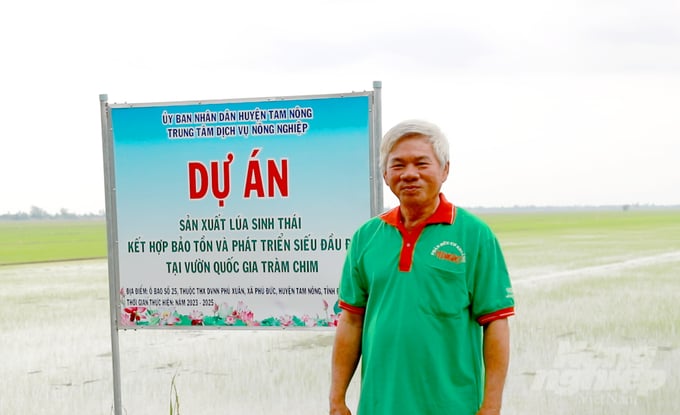
Mr. Nguyen Van Man alongside the ecological rice farming model, which integrates crane conservation and development at Tram Chim National Park. Photo: Le Hoang Vu.
Having been deeply connected to the fields for generations, Mr. Nguyen Van Man, a resident of Phu Xuan Hamlet, Phu Duc Commune, Tam Nong District, Dong Thap Province, decided to switch to ecological rice farming four years ago.
Mr. Man shared that traditional rice farming causes significant pollution due to chemical fertilizers and smoke from burning rice straw. When local authorities encouraged his family to transition to organic rice cultivation in the buffer zone of Tram Chim National Park, he agreed, recognizing the benefits of reducing exposure to chemical pesticides and fertilizers to protect both his health and the community while providing consumers with safer products.
Moreover, businesses guarantee to purchase the harvested rice at prices several thousand VND per kilogram higher than the market rate. Encouraged by the local government, his family decided to shift from traditional farming to organic rice cultivation, aiming to create a greener, cleaner environment. He hopes that the government will reintroduce cranes and that the community will once again welcome them back to the area.
The transition from traditional farming to ecological rice cultivation has brought many positive changes. Previously, farmers used to broadcast 20kg of seeds per công (1,000m²), but with the new method, this has been reduced to just 10kg per công, saving seeds and minimizing chemical use. In the past, rice straw was often burned, causing pollution, but now it is plowed back into the soil and processed biologically. Although rice yields have slightly decreased, lower costs for fertilizers and pesticides have led to higher overall profits.
Mr. Man’s family’s financial situation has improved significantly since switching to ecological farming. Each công of rice now generates over VND 4 million in income, higher than traditional farming. "At first, I was worried, but with the support of local authorities and fellow farmers, my family decided to commit to this model. If it helps bring the cranesback to Tram Chim National Park, that alone makes me happy," Mr. Man shared.
According to the Provincial Plan for the Conservation and Development of the Sarus Crane in Tram Chim National Park (2022-2032) issued by the Dong Thap Provincial People's Committee, restoring the ecosystem and reducing the impact of pesticide-intensive rice farming is an urgent priority. Between 2023 and 2027, ecological rice farming combined with Sarus Crane conservation will be implemented in key areas, covering a total of 200 hectares.
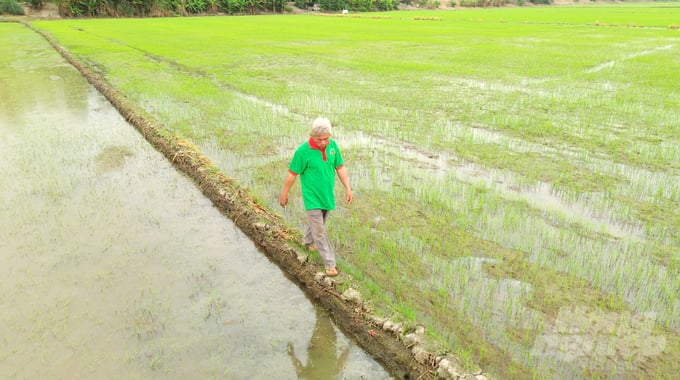
Between 2023 and 2027, the ecological rice farming area integrated with Sarus Crane conservation will be implemented in key locations, covering a total of 200 hectares. Photo: Le Hoang Vu.
Mr. Chau Van Bo, Vice Chairman of the Tam Nong District People's Committee, emphasized that developing an ecological agricultural zone adjacent to Tram Chim National Park is essential to providing a safe habitat for Sarus Cranes and other rare bird species. This initiative not only helps preserve biodiversity but also minimizes the impact of chemical-based agricultural production, creating a more sustainable living environment. At the same time, the district authorities aim to establish the "Tam Nong Crane Rice" brand to ensure stable market access and increase profits for farmers participating in the model.
Tam Nong District is gradually promoting the application of advanced technology in ecological agriculture, including the use of row-seeding machines and aerial drones, reducing seed usage by 50% and eliminating 100% of chemical pesticides compared to traditional methods. In the future, this model is expected to not only improve the livelihoods of local farmers but also contribute to bringing the Sarus Crane back to Tram Chim National Park, fostering a balanced and sustainable ecosystem.
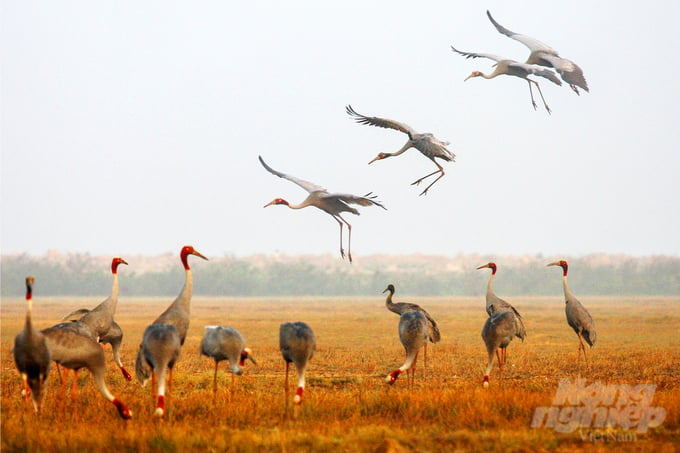
The Sarus Crane was rediscovered in Tram Chim National Park in 1985. Photo: Le Hoang Vu.
Tram Chim National Park represents the last remaining natural wetland ecosystem of the former Dong Thap Muoi region. It is Vietnam’s fourth Ramsar site and the 2,000th in the world. The park is one of Vietnam’s internationally important bird areas and serves as a feeding and living habitat for 232 bird species, including 32 rare species, with 16 listed in the IUCN Red List, notably the Sarus Crane. In 2017, Tram Chim National Park was recognized as part of the East Asian-Australasian Flyway Network, marking its global significance in conserving migratory waterbirds.
According to long-time residents of the Tam Nong district in Dong Thap, the Sarus Crane (Grus antigone sharpii) was already present in the Tram Chim area before the Vietnam War. However, due to the lack of scientific surveys during the war, there were no recorded observations of the species in the entire Mekong Delta.
The Sarus Crane was rediscovered in Tram Chim in 1985, and at one point, its population in the park exceeded 1,000 individuals (with 1,058 recorded in 1988). From then until the late 1990s, Tràm Chim consistently had the highest number of Sarus Cranes in the lower Mekong Basin. The presence of this species was one of the key reasons for establishing the Tram Chim Wetland Reserve, the precursor to today's Tram Chim National Park.
However, due to various factors - one of which is the agricultural practices in the buffer zone, where farmers rely heavily on chemical fertilizers, pesticides, and mechanized farming, there has been a decline in suitable habitats for birds, including the Sarus Crane. As a result, the number of cranes returning to Tram Chim National Park has steadily decreased.
Amid climate change and biodiversity loss, the ecological rice farming model “Rice Calls the Cranes Back” in Dong Thap has emerged as a significant initiative that integrates agricultural production with habitat conservation in Tram Chim National Park.
Translated by Kieu Chi
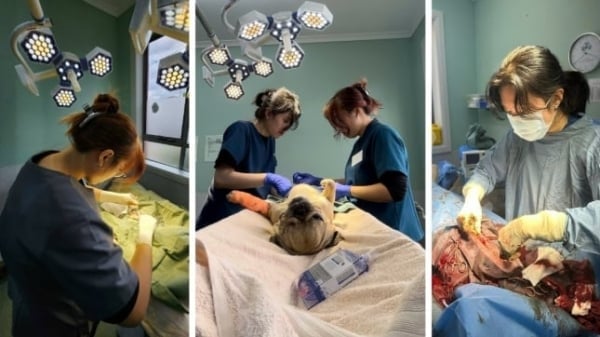
(VAN) Veterinary training should focus on quality, not just quantity. Veterinarians also need more options to pursue specialized training.
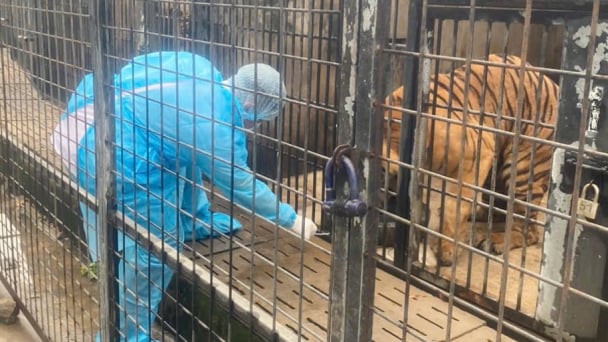
(VAN) The veterinary industry needs to be viewed objectively and further invested in to properly demonstrate its role and importance in the new context.

(VAN) The number of veterinarians graduating each year is not enough to meet actual needs, hence a difficult problem for the growing livestock industry.
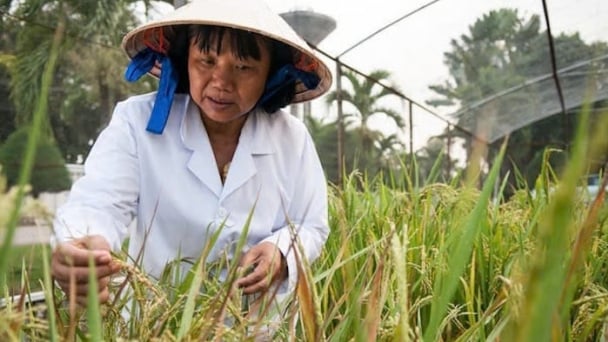
(VAN) The strategic partnership between Cambodia, the Philippines, Vietnam, and CGIAR ensures that innovative solutions effectively address national priorities for food system development.
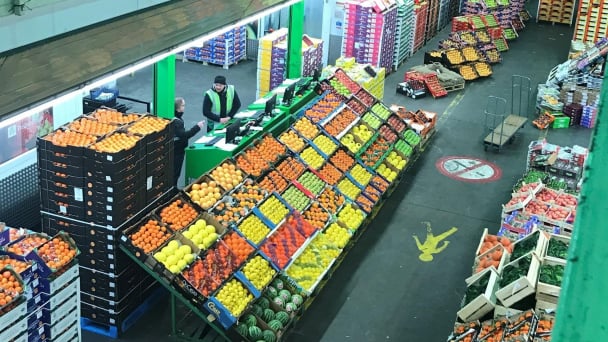
(VAN) This was affirmed by the UK Minister of State at the Department for Environment, Food and Rural Affairs during a working session with Deputy Minister Tran Thanh Nam on May 13.

(VAN) On May 13, the Ministry of Agriculture and Environment, in coordination with the Embassy of Vietnam in the United Kingdom, organized a seminar titled 'Connecting trade in Vietnam-UK agricultural, forestry, and fishery products'.
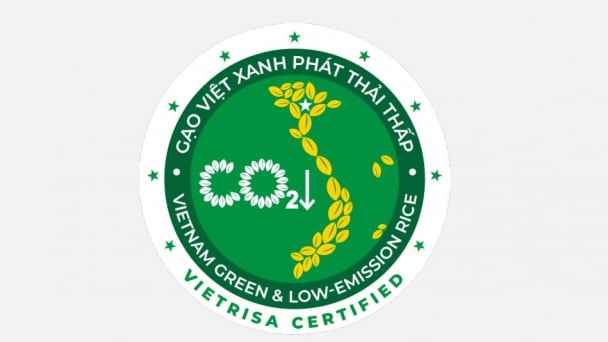
(VAN) The launch of the Vietnam green and low-emission rice brand is a positive signal for both businesses and farmers, marking readiness to reach new heights in the global market.